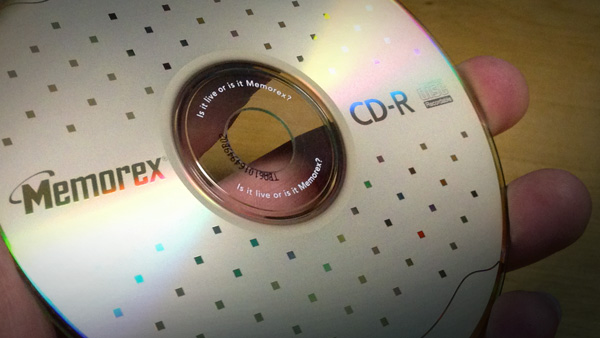As discussed previously, in order for a Visual Brand Language (VBL) strategy to be applied successfully across a diverse line of products, we understand that there needs to be some level of mutability to it. The “amount of stretch” required may vary depending upon the nature of your product line, but it is always there at some level.
But if a strong VBL relies on recognition and mutability simultaneously, do we have a conflict? Well, it turns out those two factors are not as mutually exclusive as it would first appear. In his book “This Is Your Brain On Music” Dr. Daniel Levitin explores how our brains interpret and process musical stimuli. Throughout the book he uses musical examples to illustrate aspects of how our brains access memory and recognition, and relates these examples to the competing Constructivist and Record-Keeping theories. While this is all well above my pay-grade, in a nutshell it can be stated that Constructivists argue that we store relational information to inform a reconstruction of events when needed, while the Record-Keepers argue that memories are recorded verbatim as in a video file. Both schools of thought have evidence to support their views, and in the end it appears that each contain a part of the truth.
If you were able to successfully identify a popular traditional melody whistled to you out of pitch, out of time, and with inconsistencies in interpretation, your brain would be illustrating behavior consistent with the Constructivist theory. You took an imperfect input and broke it down into sets of relationships which you could interpret and derive meaning from. Each individual pitch may be off, but if the relationships between them is somewhat consistent with the intended melody (not even in amount, just direction up or down) you will most likely be able to identify the song.
Interestingly, if we turned the tables around and asked you to whistle a recent hit song to me (one with a singular, definitive performance), you would perform it closer to the original performance’s key and tempo than chance could account for. This is true whether you had musical training in your background or not. Relationships are not the lone factor of recognition, your Record-Keeping brain maintained a persistent reference for you to recall in this scenario.
The Constructivist theory demonstrates to us that in the absence of specific sensory information, even in spite of it at times, our memory is capable of dynamically reconstructing a story. This is at the core of why a VBL framework can be manipulated so dramatically yet still remain recognizable to the consumer. Your VBL is a melody, which is reinterpreted time and time again through the multitude of product offerings you bring to the market. The individual product may be a cappella, mellow acoustic, death-metal dirge, or a dance remix, but The Song Remains The Same…

